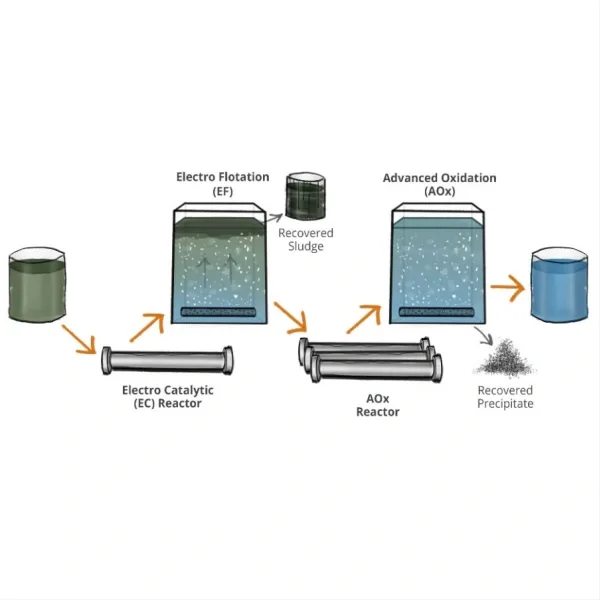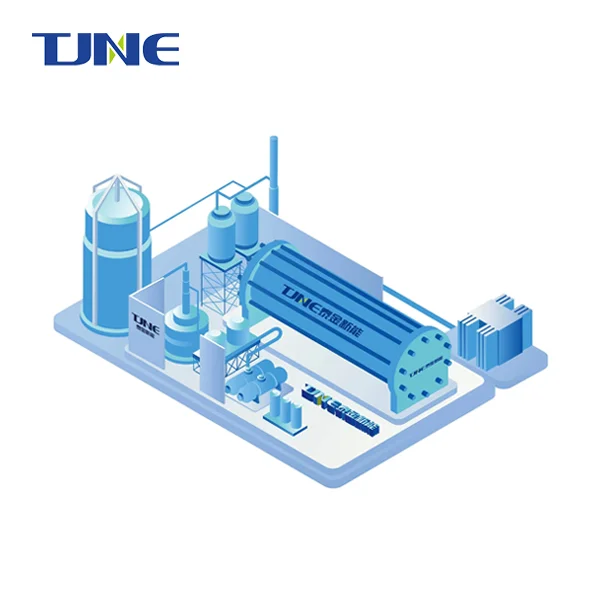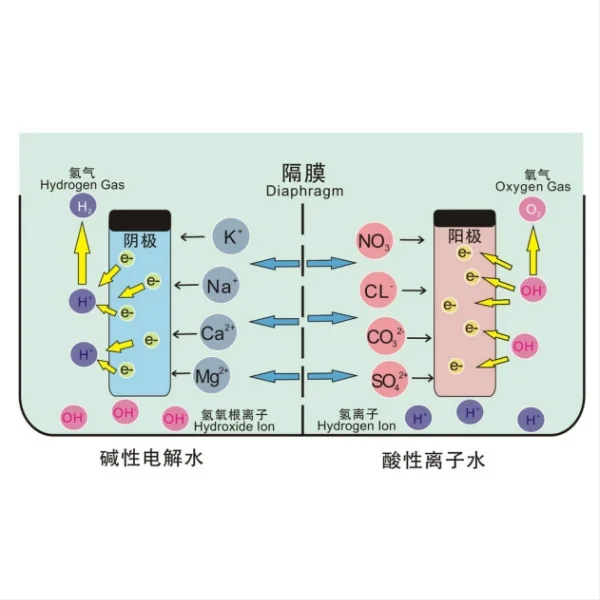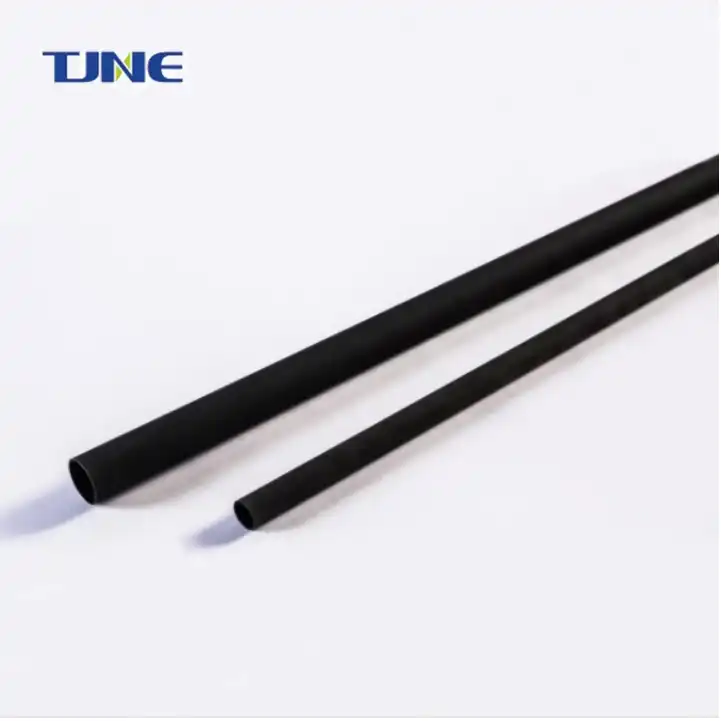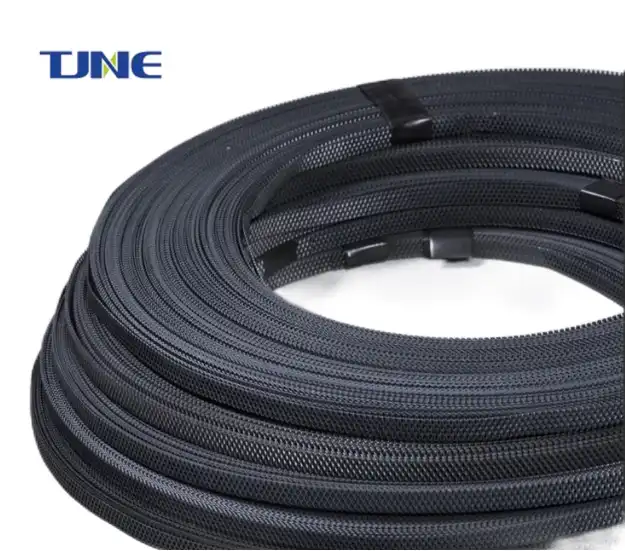- English
- French
- German
- Portuguese
- Spanish
- Russian
- Japanese
- Korean
- Arabic
- Greek
- German
- Turkish
- Italian
- Danish
- Romanian
- Indonesian
- Czech
- Afrikaans
- Swedish
- Polish
- Basque
- Catalan
- Esperanto
- Hindi
- Lao
- Albanian
- Amharic
- Armenian
- Azerbaijani
- Belarusian
- Bengali
- Bosnian
- Bulgarian
- Cebuano
- Chichewa
- Corsican
- Croatian
- Dutch
- Estonian
- Filipino
- Finnish
- Frisian
- Galician
- Georgian
- Gujarati
- Haitian
- Hausa
- Hawaiian
- Hebrew
- Hmong
- Hungarian
- Icelandic
- Igbo
- Javanese
- Kannada
- Kazakh
- Khmer
- Kurdish
- Kyrgyz
- Latin
- Latvian
- Lithuanian
- Luxembou..
- Macedonian
- Malagasy
- Malay
- Malayalam
- Maltese
- Maori
- Marathi
- Mongolian
- Burmese
- Nepali
- Norwegian
- Pashto
- Persian
- Punjabi
- Serbian
- Sesotho
- Sinhala
- Slovak
- Slovenian
- Somali
- Samoan
- Scots Gaelic
- Shona
- Sindhi
- Sundanese
- Swahili
- Tajik
- Tamil
- Telugu
- Thai
- Ukrainian
- Urdu
- Uzbek
- Vietnamese
- Welsh
- Xhosa
- Yiddish
- Yoruba
- Zulu
Electronic titanium anode rods play a crucial role in modern electroplating processes, revolutionizing the efficiency and quality of metal coatings. These innovative components have gained significant popularity in recent years due to their unique properties and numerous advantages over traditional anode materials. In this blog post, we'll explore the inner workings of electronic titanium anode rods in electroplating and delve into their impact on the industry.
What are the advantages of using titanium anodes in electroplating?
Titanium anodes have become increasingly popular in the electroplating industry due to their numerous advantages over traditional materials such as lead, platinum, or carbon. These benefits stem from titanium's unique properties and its ability to form a stable oxide layer, which is crucial for its performance as an anode material.
One of the primary advantages of using titanium anodes is their exceptional corrosion resistance. When exposed to the electrolyte solution during the electroplating process, titanium forms a thin, protective oxide layer on its surface. This layer, primarily composed of titanium dioxide (TiO2), acts as a barrier against further corrosion, allowing the anode to maintain its structural integrity even in harsh chemical environments. This resistance to corrosion translates to a longer lifespan for the anode, reducing the need for frequent replacements and minimizing production downtime.
Another significant advantage of titanium anodes is their high conductivity. While pure titanium is not as conductive as some other metals, the addition of certain coatings or the use of mixed metal oxide (MMO) coatings significantly enhances its electrical conductivity. These coatings, typically composed of precious metal oxides such as iridium oxide or ruthenium oxide, allow for efficient transfer of electrical current through the anode. This high conductivity ensures uniform current distribution across the anode surface, resulting in more consistent and high-quality plating results.
Titanium anodes also offer excellent dimensional stability during the electroplating process. Unlike some traditional anode materials that may deform or erode over time, titanium anodes maintain their shape and size throughout their operational life. This stability is crucial for maintaining consistent plating thickness and quality across the workpiece, especially in applications requiring precise dimensional control.
The lightweight nature of titanium is another advantage that shouldn't be overlooked. Compared to heavier materials like lead, titanium anodes are much easier to handle and install, reducing the physical strain on workers and simplifying maintenance procedures. This lightweight property also makes titanium anodes ideal for large-scale electroplating operations where the weight of the equipment can be a significant factor.
Furthermore, titanium anodes contribute to improved energy efficiency in electroplating processes. Their high conductivity and uniform current distribution allow for lower operating voltages, reducing overall energy consumption. This not only leads to cost savings but also aligns with growing environmental concerns and sustainability initiatives in the industry.
Lastly, the use of titanium anodes can result in higher quality plating finishes. The uniform current distribution and stable performance of titanium anodes contribute to more consistent metal deposition, resulting in smoother, more even coatings with fewer defects. This improved finish quality can be particularly beneficial in industries with stringent surface finish requirements, such as automotive or aerospace manufacturing.
How does the lifespan of titanium anodes compare to other materials?
The lifespan of anodes is a critical factor in the efficiency and cost-effectiveness of electroplating operations. When comparing titanium anodes to other commonly used materials, such as lead, graphite, or platinum-clad anodes, titanium consistently demonstrates superior longevity and durability.
Titanium anodes, particularly those with mixed metal oxide (MMO) coatings, have an exceptionally long operational life. In many applications, these anodes can last several years or even decades, depending on the specific operating conditions and maintenance practices. This extended lifespan is primarily attributed to titanium's excellent corrosion resistance and the stability of the oxide layer that forms on its surface.
In contrast, lead anodes, which have been widely used in electroplating for many years, typically have a much shorter lifespan. Lead anodes are susceptible to corrosion and erosion, especially in acidic electrolytes. As the lead anode dissolves over time, it not only requires frequent replacement but can also introduce lead contamination into the plating solution, which is undesirable for both environmental and product quality reasons. The lifespan of lead anodes can vary greatly depending on the application but is generally measured in months rather than years.
Graphite anodes, while relatively inexpensive and commonly used in certain electroplating applications, also have limitations in terms of lifespan. Graphite is prone to erosion and can produce carbon particles that contaminate the plating bath. The rate of erosion depends on factors such as current density and electrolyte composition, but graphite anodes typically need to be replaced more frequently than titanium anodes.
Platinum and platinum-clad anodes are known for their excellent performance and longevity in electroplating processes. However, their high cost often makes them prohibitive for large-scale applications. Titanium anodes with precious metal oxide coatings offer a more cost-effective alternative that provides comparable performance and longevity to platinum anodes in many applications.
The extended lifespan of titanium anodes translates to several operational benefits. Firstly, it significantly reduces the frequency of anode replacements, minimizing production downtime and labor costs associated with maintenance. This is particularly advantageous in large-scale industrial operations where any interruption in production can result in substantial financial losses.
Secondly, the consistent performance of titanium anodes over their operational life contributes to more stable and predictable electroplating results. As the anode maintains its dimensional stability and electrochemical properties over time, operators can achieve more consistent plating quality without the need for frequent process adjustments.
Moreover, the long lifespan of titanium anodes aligns well with sustainability goals in the electroplating industry. By reducing the frequency of anode replacements, titanium anodes help minimize waste generation and the environmental impact associated with the production and disposal of electrode materials.
It's important to note that the actual lifespan of titanium anodes can vary depending on several factors, including the specific coating used, current density, electrolyte composition, and operating conditions. Proper maintenance and adherence to recommended operating parameters can significantly extend the life of titanium anodes, further enhancing their cost-effectiveness and performance advantages.
Can titanium anodes improve the efficiency of electroplating processes?
The introduction of titanium anodes has indeed led to significant improvements in the efficiency of electroplating processes. These efficiency gains are multifaceted, encompassing energy consumption, material utilization, and overall process productivity.
One of the primary ways titanium anodes enhance efficiency is through improved current distribution. The uniform conductivity of titanium anodes, especially when coated with mixed metal oxides, ensures that the electrical current is evenly distributed across the anode surface. This uniform current distribution translates to more consistent metal deposition on the cathode (the workpiece being plated). As a result, the plating thickness is more uniform, reducing the need for over-plating to achieve the desired minimum thickness in all areas. This not only saves valuable plating metals but also reduces processing time and energy consumption.
The high conductivity of titanium anodes also allows for operation at lower voltages compared to some traditional anode materials. Lower operating voltages mean reduced energy consumption, which not only lowers operational costs but also aligns with increasing demands for energy-efficient manufacturing processes. In some cases, the energy savings can be substantial, particularly in large-scale, continuous electroplating operations.
Another efficiency improvement comes from the reduced need for filtration and bath maintenance. Unlike some anode materials that can introduce particles or contaminants into the plating solution, titanium anodes are incredibly stable and do not contribute to bath contamination. This stability means that the plating solution remains cleaner for longer periods, reducing the frequency of bath changes or filtration cycles. Less downtime for bath maintenance translates directly to increased productivity and reduced waste generation.
The dimensional stability of titanium anodes also contributes to process efficiency. As these anodes maintain their shape and size over time, there's no need for frequent adjustments to maintain the optimal anode-cathode distance. This stability ensures consistent plating results and reduces the need for operator intervention, allowing for more automated and streamlined processes.
Furthermore, the long lifespan of titanium anodes significantly reduces downtime associated with anode replacements. In high-volume production environments, minimizing production interruptions is crucial for maintaining efficiency. The extended operational life of titanium anodes means fewer production stoppages for maintenance, allowing for longer continuous production runs and improved overall equipment effectiveness (OEE).
Titanium anodes can also improve efficiency through their compatibility with pulse plating techniques. Pulse plating, which involves applying current in short pulses rather than continuously, can lead to improved deposit properties and faster plating rates. The rapid response and stability of titanium anodes make them well-suited for these advanced plating techniques, allowing manufacturers to leverage the benefits of pulse plating for even greater efficiency gains.
In terms of material efficiency, the use of titanium anodes can lead to improvements in plating metal utilization. The uniform current distribution and consistent performance of titanium anodes result in more precise control over the plating process. This precision allows operators to fine-tune their processes to achieve the desired coating thickness with minimal waste, optimizing the use of often expensive plating metals.
Lastly, the efficiency improvements offered by titanium anodes extend beyond the immediate plating process. The higher quality and consistency of plated finishes can reduce rejection rates and the need for rework. This not only saves time and materials but also contributes to overall manufacturing efficiency by improving first-pass yield rates.
In conclusion, electronic titanium anode rods have revolutionized the electroplating industry by offering numerous advantages over traditional anode materials. Their exceptional corrosion resistance, long lifespan, and ability to improve process efficiency make them an invaluable tool in modern electroplating operations. As the industry continues to evolve, with increasing demands for precision, efficiency, and sustainability, titanium anodes are likely to play an even more crucial role in shaping the future of electroplating technologies.
If you are interested in the products of Xi'an Taijin New Energy Technology Co., Ltd., please contact yangbo@tjanode.com.
References:
1. Walsh, F. C., & Ponce de León, C. (2018). Progress in electrochemical flow reactors for laboratory and pilot scale processing. Electrochimica Acta, 280, 121-148.
2. Schlesinger, M., & Paunovic, M. (Eds.). (2011). Modern electroplating (Vol. 55). John Wiley & Sons.
3. Yeung, H., Chan, K. Y., & Wang, X. (2019). A review on dimensionally stable anodes for copper electrowinning. Journal of Applied Electrochemistry, 49(12), 1155-1180.
4. Aromaa, J., & Forsén, O. (2006). Evaluation of the electrochemical activity of a Ti–RuO2–TiO2 permanent anode. Electrochimica Acta, 51(27), 6104-6110.
5. Chen, X., Chen, G., & Yue, P. L. (2001). Stable Ti/IrOx-Sb2O5-SnO2 anode for O2 evolution with high oxygen evolution potential. The Journal of Physical Chemistry B, 105(20), 4623-4628.
6. Kraft, A. (2007). Doped diamond: a compact review on a new, versatile electrode material. International Journal of Electrochemical Science, 2(5), 355-385.
7. Martínez-Huitle, C. A., & Ferro, S. (2006). Electrochemical oxidation of organic pollutants for the wastewater treatment: direct and indirect processes. Chemical Society Reviews, 35(12), 1324-1340.
8. Trasatti, S. (2000). Electrocatalysis: understanding the success of DSA®. Electrochimica Acta, 45(15-16), 2377-2385.
9. Comninellis, C., & Chen, G. (Eds.). (2010). Electrochemistry for the environment (Vol. 2871). New York: Springer.
10. Rajeshwar, K., & Ibanez, J. G. (1997). Environmental electrochemistry: Fundamentals and applications in pollution sensors and abatement. Academic Press.






